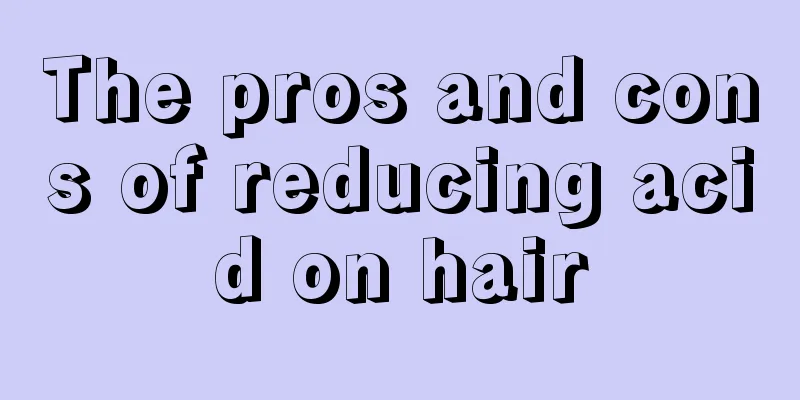Analysis of the symptoms and treatment of hepatitis

|
The incidence of hepatitis has been getting higher and higher, which will cause more harm to our health and life. Common symptoms are chills, fever, fatigue, nausea and vomiting. If treated, comprehensive treatment should be adopted, scientific diet and proper rest should be paid attention. (1) Acute hepatitis: ① Acute icteric hepatitis: The onset is relatively rapid, with symptoms such as chills, fever, fatigue, anorexia, aversion to oil, nausea, and vomiting. After about 1 week, the urine becomes dark yellow, followed by jaundice on the sclera and skin. The liver and spleen may both be enlarged, and carbuncle is obvious when percussion is applied in the liver area. After about 2-3 weeks, the jaundice gradually subsides, the spirit and appetite improve, and the hepatomegaly gradually subsides. The course of the disease is about 1-2 months. ② Acute non-icteric hepatitis: The onset is slow, and the symptoms are generally mild. Most patients do not have fever, and jaundice does not appear throughout the entire course of the disease. Other symptoms and signs are similar to those of acute icteric hepatitis, but the incidence rate is high, accounting for about 70%-90% of the total number of acute hepatitis patients. (2) Chronic hepatitis: ① Chronic persistent hepatitis: It is caused by the persistence of acute hepatitis. The course of the disease lasts for more than half a year without obvious improvement. There is still loss of appetite, flank pain, fatigue, hepatomegaly, pain in the liver area, etc. ② Chronic active hepatitis: The course of the disease is more than 1 year, and there are obvious abnormalities in symptoms, signs and liver function tests. The main symptoms are fatigue, poor appetite, abdominal distension, pain in the liver area, etc., and there are signs such as liver disease face, liver palms, spider nevi, jaundice, hard liver, and splenomegaly. After treatment, some patients can recover or stabilize, while others continue to deteriorate and develop into necrotic cirrhosis. (3) Severe hepatitis: ① Acute severe disease: sudden onset of high fever, with severe symptoms. Jaundice quickly deepens after it appears. The liver shrinks with obvious liver odor and significantly reduced liver function. There is often bleeding or bleeding tendency, ascites, lower limb edema, proteinuria, tubular urine, etc. Mental symptoms such as irritability, delirium, mania, etc. may also occur, followed by hepatic coma. If rescue is not timely, it may lead to death. Generally, comprehensive treatment is adopted, and most hepatitis patients can recover. The treatment principle is to take proper rest, reasonable nutrition, and appropriate medication, avoid drinking, overwork and use of drugs that are harmful to the liver. |
<<: What should teenagers do if they are experiencing severe hair loss
>>: How to effectively treat gallbladder polyps
Recommend
What to do if you feel thirsty after eating salty food
If we don’t know enough about food in our lives, ...
What to do with heel gout
Heel gout is actually a phenomenon of joint pain,...
6 aspects to differentiate acute mastitis from inflammatory breast cancer
Inflammatory breast cancer is a special lesion in...
Chemical pesticides become a common cause of lymphoma
Male lymphoma patients are generally more than fe...
How much does it cost to treat liver cancer
The treatment method for liver cancer is surgical...
What are the hazards of concentrated hydrochloric acid to the human body
Hydrochloric acid is an aqueous solution of hydro...
Introduction to daily life conditioning for patients with advanced esophageal cancer
The most important thing for patients with advanc...
I always feel tired and lack energy
With the development of society, many people are ...
Is it good for pregnant women to eat quail eggs?
Many pregnant women need to pay special attention...
Dangers of facial ultrasound knife
Nowadays, plastic surgery is not a particularly c...
Drug treatment for advanced ovarian cancer
When ovarian cancer reaches the late stage, the b...
What are the symptoms of heart pain
There are many problems with the human heart, and...
Symptoms of lower limb muscle weakness
This phenomenon has a serious impact on life, bec...
What dried fruits can lower blood sugar
Dried fruits cannot lower blood sugar. If your bl...









